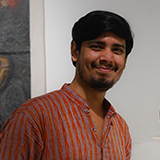The life and art of Reba Hore – GetBengal story
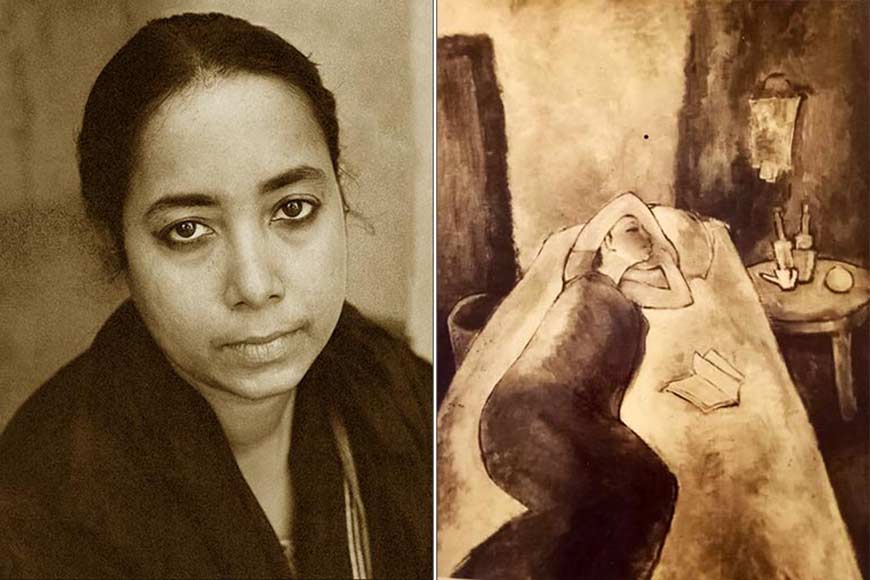
Reba Hore’s life was simple and work-filled . Born in Jessore, she later studied Economics in Kolkata. During that time, she became actively involved in the Communist movement. There could hardly be a better opportunity to observe society so closely. In 1948, she became a member of the Communist Party. Later, she studied art at the Government College of Art and Craft, which at the time was still an art school, not yet a degree college. She spent the next three to four years teaching at a school in Kolkata after her graduation. She then pursued art independently for the rest of her life.
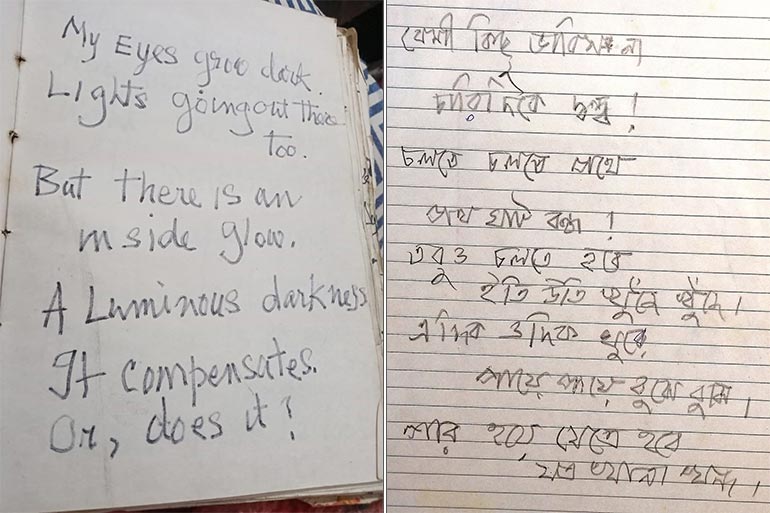
Reba Hore’s work draws primarily from everyday life experiences - nature, love, separation, heartbreak, and family. But along with that is something that clings like a shadow — emotion. Like many of her contemporaries, her work bears the strong influence of Expressionism. Yet she would break away from that trend and later return to it again. Her use of bold lines to structure figurative compositions makes the expression of unadorned life vivid. The inner solitude of her mind appears repeatedly in her paintings, sometimes as loneliness, sometimes as a void. There is a blend of naturalism with her own distinctive abstraction. But it is not a kind of abstraction that removes figurative storytelling. Nor is it pure abstraction as we usually understand it. Here, instead of only tonal rhythm, there is the strong presence of people. She never lets go of human beings. Perhaps this reflects her socialist political beliefs. And so, people never leave her .They are often working-class, struggling individuals. In her paintings, they seem poised to join a march at any moment, ready to demand their rights. Her painted figures are consciously political and free-spirited. Even in defeat, they do not tire. Reba Hore was always in search of the deep emotions and feelings within the human mind.
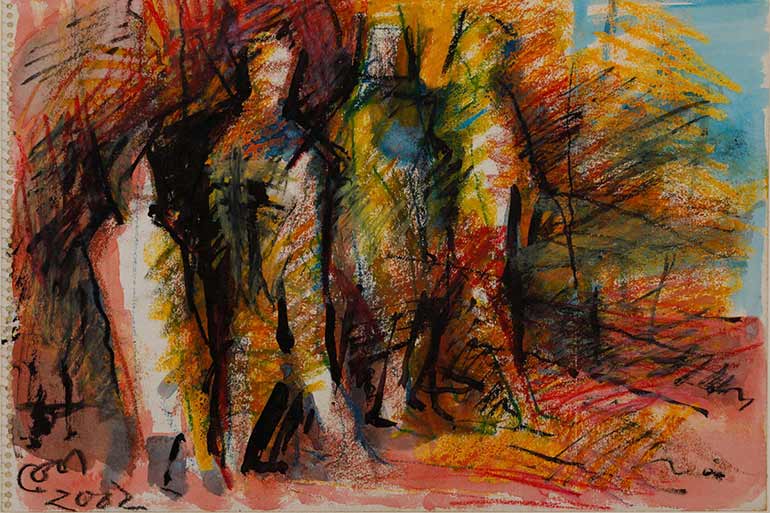
In her art, Expressionism merged with Empiricism. This fusion came alive through her use of colour, making her works thought-provoking and distinctive. They stir the viewer’s mind, make the intellect active, steady, and resolute.
Reba Hore worked primarily in oil, watercolour, mixed media, pastel, and terracotta. And though mainly a painter, her powerful sculptures were equal in quality to those of any master sculptor.
Also read : Ramkinkar’s sculptures to be finally preserved
Her paintings often spoke strongly against Bengal’s famine, poverty, despair, and dark modes of living. An artist’s imaginary world cannot grow by ignoring society. Perhaps consciously, she moved away from large oil paintings towards smaller, more intimate, and poetic works. Her evolving perspective, philosophy of life, and thought process are evident in her paintings. But she never turned her face away from society in despair. Such persistence is impossible without immense vitality. Again and again, she tried to express that stillness can be dynamic.
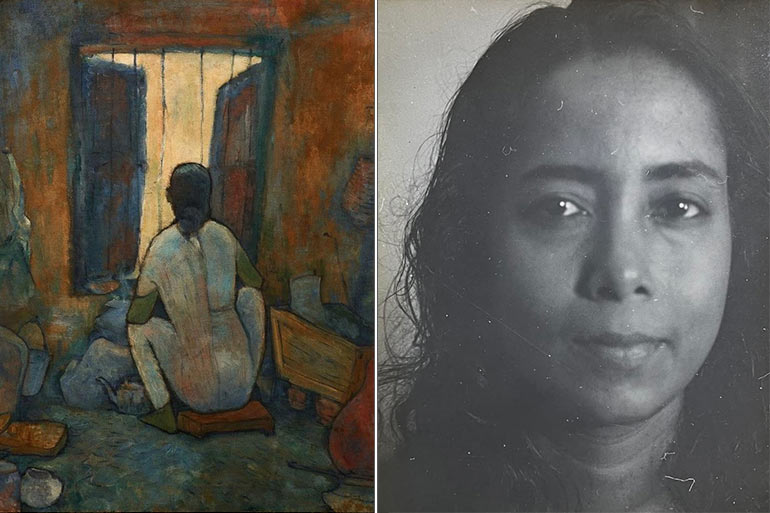
Seeing her paintings, one feels that the person Reba Hore was introverted .Yet she knew how to pour a flood of emotion onto a massive canvas. Without emotion, her work cannot be understood, focusing only on construction and proportion misses the life in her art. If one seeks only structure, it would be better to study the blueprints of the Howrah Bridge or the Qutb Minar.
In 1967, after moving to Santiniketan, her artistic language changed. Yet, did traces of urban life not remain? The space of her canvas became more expansive, but people did not disappear from it. Her nature was to reach out to humanity, so her art grew more deeply psychological. Was there not, alongside realism, a touch of surrealism in her paintings?
Around 1970, due to health reasons, she gave up oil paints. At this time, she began experimenting with encaustic painting, mixing pigment with wax. Naturally, her pictorial language changed again. Gradually, her work became even more complete.
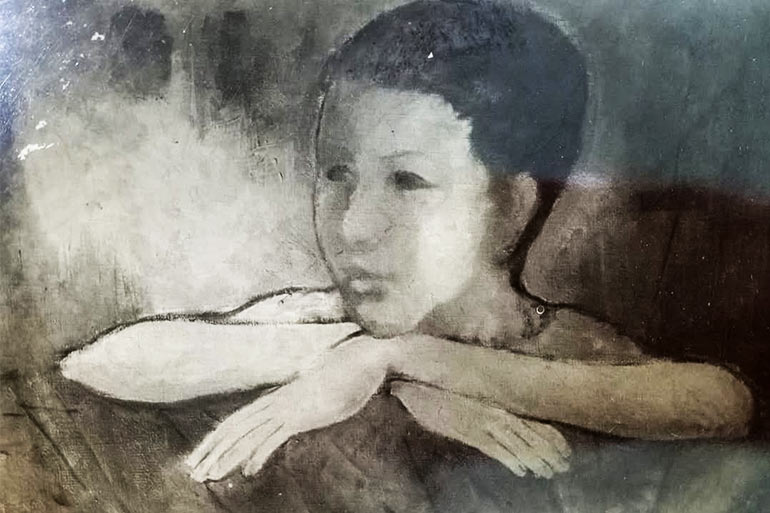
She also worked extensively in terracotta, mainly portraits. These show that she had mastered three-dimensional form with ease. The expressions in these portraits are key — some are blank-faced, some curious, some shadowed by despair, others peaceful or weary. Yet a thread of melancholy runs through them all. She balanced her personal life, family, and household alongside her work, never turning away from it even in unstable times. Rather, her art helped her remain grounded. It was a strange weaving process, where the daily push and pull of joy and sorrow continued. Social unrest and personal loss broke her, worried her, kept her sleepless — but never defeated her.
Whenever Reba Hore chose a medium, she left a mark of mastery on it. This versatility set her apart from her contemporaries. She was not just the wife of the renowned artist Somnath Hore, but his comrade-in-arms. On one hand, she was a painter, sculptor, poet, writer, thinker, and political being; on the other, she was a quiet, solitary, publicity-shunning yet powerful woman. Though these seem like opposite traits, they are natural in a person wholly immersed in and devoted to art.
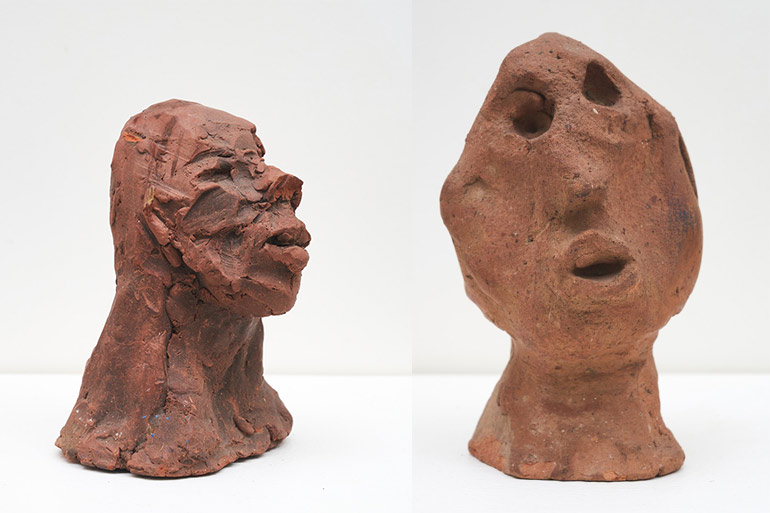
It is undeniable that the value of her work has not been duly recognized. A patriarchal society easily forgets women artists, as if nothing is lost by forgetting them. But the time has come for reconsideration. Art is like an ocean, its depth cannot be measured. The vastness of Reba Hore’s work, too, is beyond estimation. In today’s publicity-driven life, it is vital that we speak of her, and seek out the simplicity of her way of living.
Note : Translated by Debamita Ghosh Sarkar To read the original Bengali article , please click here :
Image Courtesy – Chandana Hore







